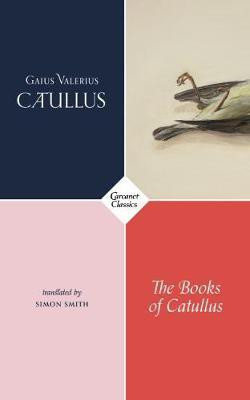
On the Influence of Colloids Upon Crystalline Form and Cohesion (English, Paperback, Ord William Miller)
Price: Not Available
Currently Unavailable
Highlights
- Language: English
- Binding: Paperback
- Publisher: Rarebooksclub.com
- ISBN: 9780217523097, 0217523099
- Edition: 2009
- Pages: 46
Description
Purchase of this book includes free trial access to www.million-books.com where you can read more than a million books for free. This is an OCR edition with typos. Excerpt from book: In the Practical Division of this treatise which follows, the most familiar kinds of urinary crystals are successively studied, in respect of their varieties of form, of the causes of the varieties, of the modifications which may be brought about by experiment, and of further considerations arising from time to time out of the changes and processes observed. CHAPTER III. URIC ACID. Under the microscope uric acid is found in three forms :â1st, in rectangular oblong colourless plates ; 2d, in rhombohedra and modifications of the rhomb ; 3d, in spheres, and in fibrous masses forming parts of spheres. The first form belongs to pure uric acid, the second to urinary uric acid, the third to calculous uric acid. These may with advantage be examined in detail. I. If some of the colourless, or nearly colourless, acid prepared from the urine of serpents be boiled in distilled water, and, after filtration, be left to crystallise from solution, the acid will be found in tabular crystals. Some of the tablets will be oblong in outline, andabout six times as long as thick; such tablets, being perfectly homogeneous and transparent, may be compared to the oblong pieces of glass sold as paperweights ; they are the "oblong square plates" of Dr. Thudichum1 (PL I. Fig. 1). Others will be much thinner, much longer, six-sided in outline, with acute points, and may be compared to the common form of glass hand-plates on doors. There will be a number of intermediate forms connecting these extremes. It will be important to notice that the tablets remain, generally, separated and distinct from one another, or, if here and there aggregated, do not form regular star-shaped masses of crystals radiating from a common centre. II. When deposited from urine, uric acid differs from its pure form in col...
Read More
Specifications
Book Details
| Imprint |
|
| Publication Year |
|
Dimensions
| Width |
|
| Height |
|
| Length |
|
| Weight |
|
Be the first to ask about this product
Safe and Secure Payments.Easy returns.100% Authentic products.
Back to top






